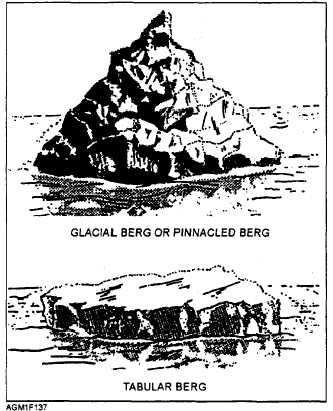Figure 1-36.—Various types of ice topography caused by pressure.
Movement of Sea Ice
As floes break free of the fast-ice sheet, they move
under the effects of the winds and currents. Any
movement of ice floes is called "drift." Drift refers to
sea ice, as well as broken off portions (outer edges) of
fast ice that moves along with wind, tides, and currents.
Drift may, therefore, be more specifically defined by
direction and speed of movement.
Pack ice usually drifts to the right of the true wind in
the Northern Hemisphere (left in the Southern
Hemisphere). Observations show that the actual drift is
about 30° from the wind direction, or very nearly
parallel to the isobars on a weather map. The drift more
closely follows the wind in winter than in summer. In
summer, the tides play a bigger role in the movement of
the ice.
A close estimate of the speed of drifting pack ice is
possible by using wind speed. On the average, the drift
of ice in the Northern Hemisphere ranges from 1.4% of
the wind speed in April to 2.4% of the wind speed in
September. Although wind is the primary driving force,
the presence or absence of open water in the direction of
the drift greatly influences the speed of drift. Ice-free
water in the direction of the drift, no matter how distant,
permits the pack ice to drift freely in that direction. Ice-
clogged water, on the other hand, slows the forward
movement of ice.
ICE OF LAND ORIGIN
Ice of land origin is ice that forms on land, usually
as glaciers, and moves to the sea. Composed by large
accumulations of compacted (freshwater) snow on land
areas, the weight of the accumulated snow/ice forces the
ice sheets to move as glaciers. If a glacier is located
along a coastline and reaches the sea, the leading edge
of the glacier may break off (calve) and fall into the sea.
This ice then drifts to sea as an iceberg.
Since 86% of the world’s glaciers occur in
Antarctica, most icebergs originate around that
continent. Most of the remainder of the world’s glaciers
are located in Greenland. Greenland is the main source
of icebergs in the Northern Hemisphere (about 90%).
Nearly 70% of Greenland’s icebergs originate along the
western coast near 68°N.
ICEBERG CLASSIFICATION
Icebergs are classified by shape and by size. As
classified by shape, icebergs are either pinnacled or
tabular. Pinnacled bergs are generally cone-shaped,
but may be very irregular. Tabular bergs are generally
flat-topped and straight-sided. See figure 1-37.
1-53
Figure 1-37.—Types of icebergs.


